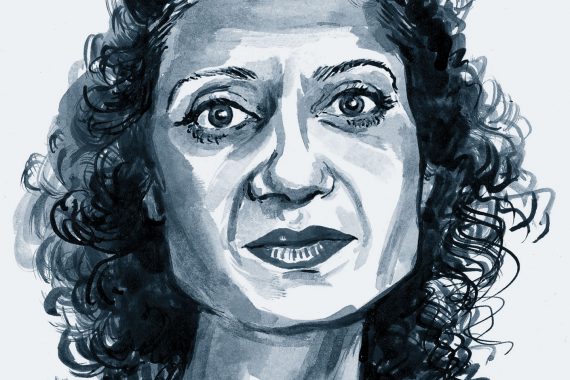Following months of pleading, my kids finally persuaded me to agree to a puppy last year. I was not prepared for the deluge of bodily fluids and dog hair that followed. Post-canine arrival, I spent months pining for the house I had lost instead of adjusting to the house it had become.
In a similar way, the general practice house is also in a state of flux. It used to contain small pockets of GP partners given the autonomy to serve their local community, but it will be soon bulging with an army of shift workers ranging from paramedics to social workers.
But we can either grieve for what we’ve lost or move on to the acceptance phase, and create an option B.
Continuity of care, the cornerstone of general practice, can still be preserved if we shape new our reality. This continuity would no longer be solely with the GP, but could be with a small team of professionals, each playing to their strengths. Instead of ‘the doctor will see you now’ patients could hear ‘the red team will see you now’. If each team was responsible for no more than 10,000 patients, we could still retain the small practice feel.
Just consider some of the other advantages. No more sick notes – they could be delegated to occupational health nurses. No more prescription queries, which could be the preserve of pharmacists. No more GANFYDs – they could be dealt with by support workers. All we would need to complete this well-oiled machine is a brigade of triaging Healthcare Navigators to ensure the most endangered species, namely the GP, was protected from extinction.
Of course, we would also need to make some form of ‘crown indemnity’ part of our new reality. We could not assume responsibility for the work of others and each cog in the wheel would need to work autonomously. The words ‘doctor informed’ would be banned; a patient would either be independently managed by another professional or be booked in for a GP appointment. Our new reality could not include seeing a patient with complex comorbidities, while simultaneously fielding screen messages from three other team members.
The greatest opportunities could be achieved through career progression. Each team could have members in lead roles who meet with other leads to discuss practice strategy. Opportunities for portfolio work and special interests could be realised through a pan-team approach, and the more management minded could work in operational lead roles such as IT or education. And all this could happen within a culture of flexible working and job sharing, with protected time for handovers and team meetings.
Let’s be honest, I would prefer there to be another 10,000 GPs, just as I would rather have my old, clean and doghair-free home back. But the chances of seeing a sudden deluge of new GPs are even slimmer than those of the dog succumbing to rabies.
So I guess I’ll just have to accept the new reality.
Dr Shaba Nabi is a GP trainer in Bristol
Pulse October survey
Take our July 2025 survey to potentially win £1.000 worth of tokens













